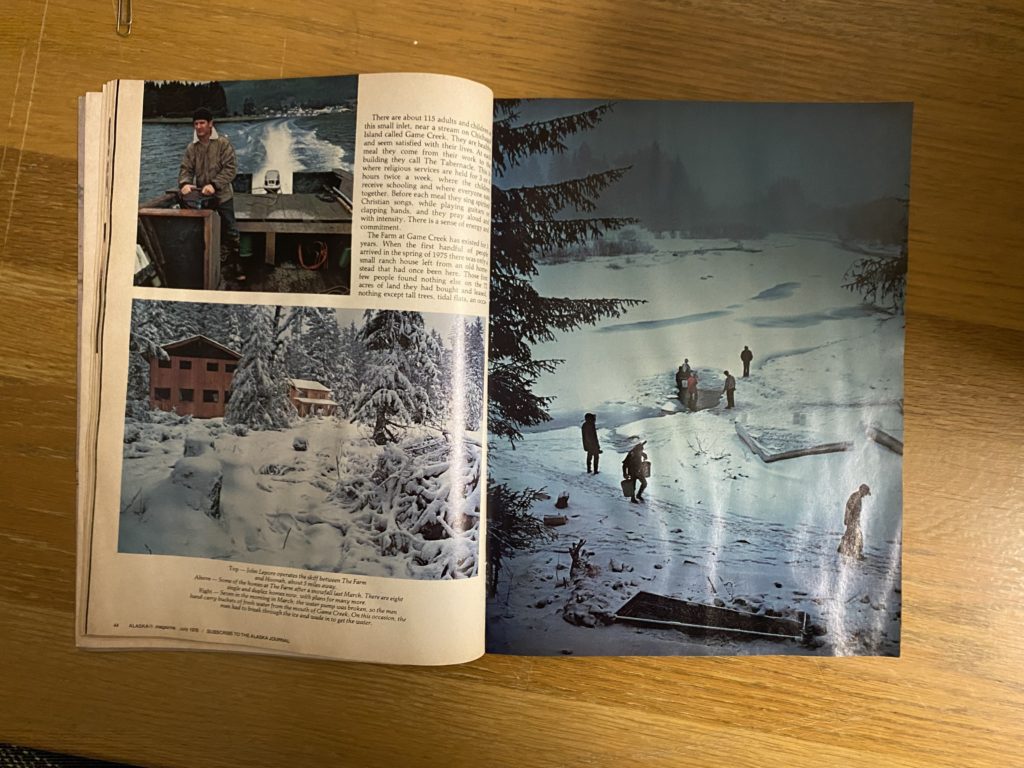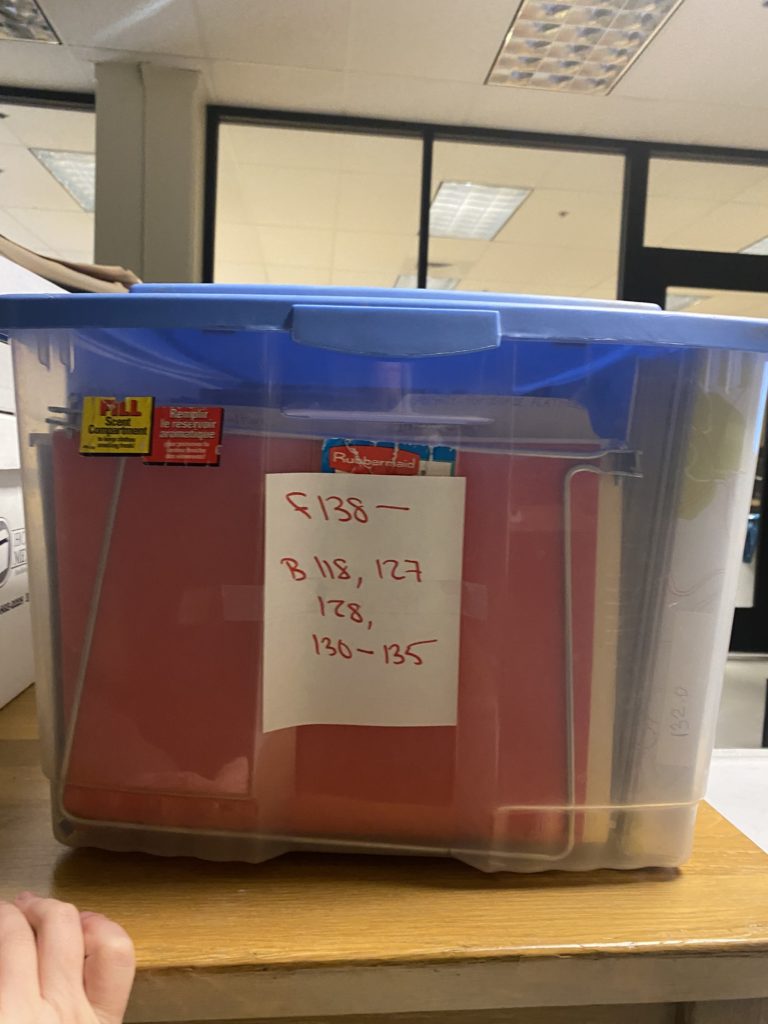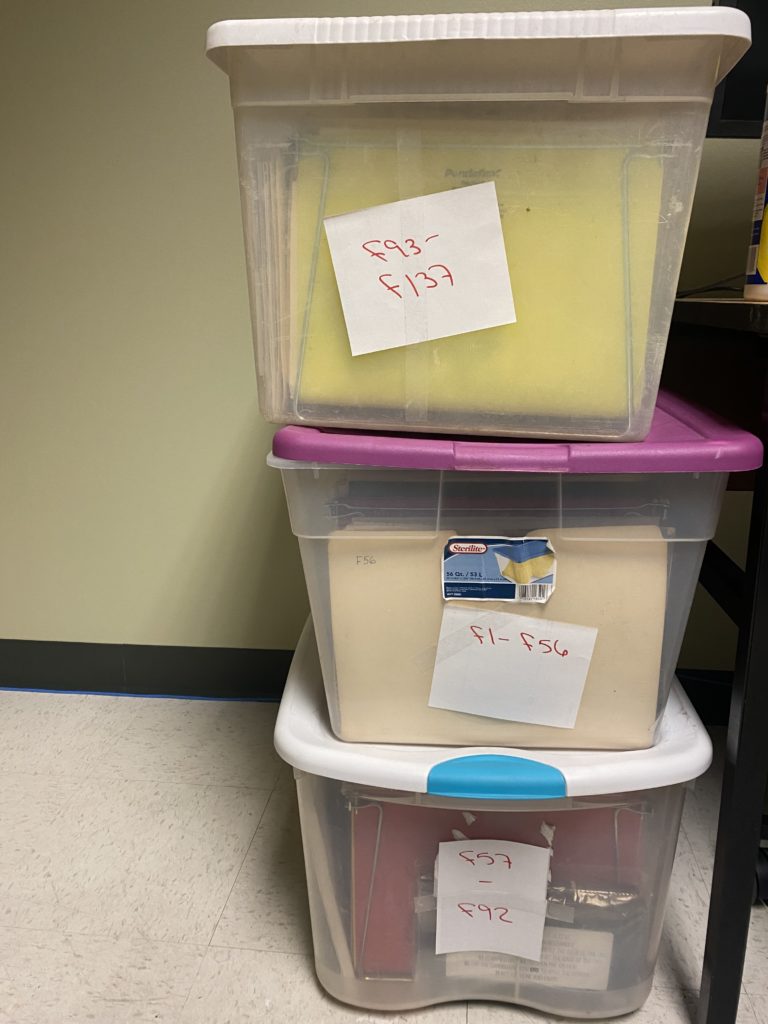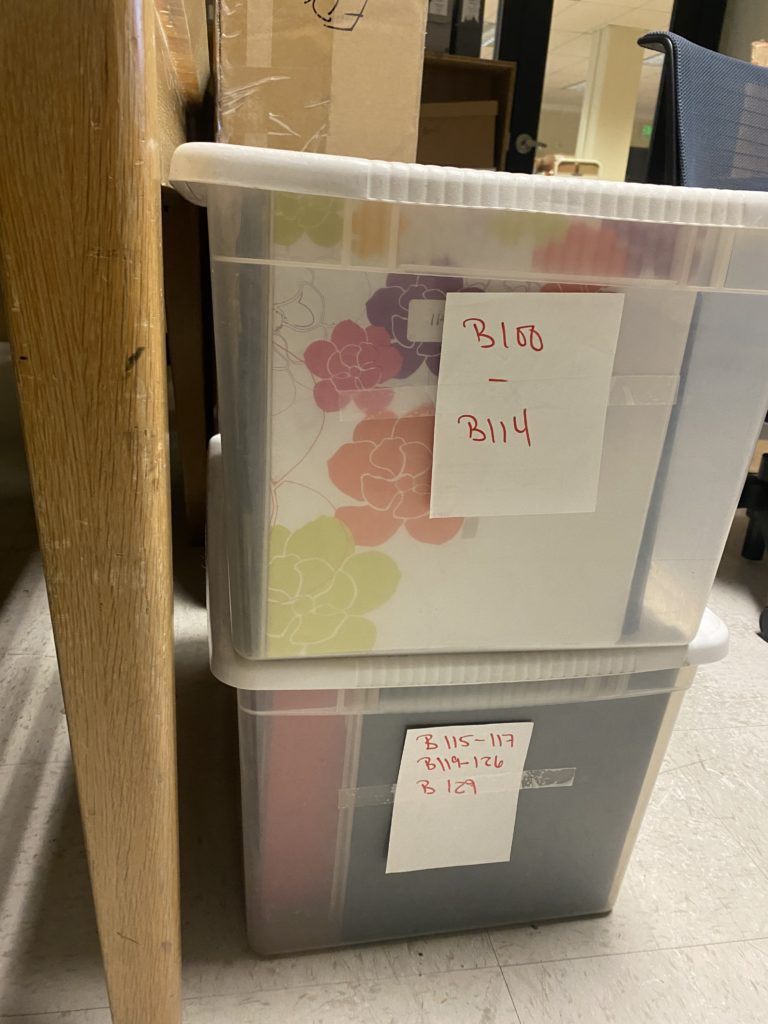This week was a busy week, both with Barbara’s collection and finals at CGU! As we head into the winter break I will be thinking a lot about the things I learned from some of Barbara’s materials this week. This week began the processing phase, where her materials are arranged into formal series and subseries for future research. One of the subseries covers her educational materials on different tribal histories as well as geographical locations related to these tribal histories. In these folders she had a nearly perfectly preserved Alaska: The Magazine of Life on the Last Frontier issue from July of 1978, dedicated to all things Alaska. I was fortunate enough to be able to sift through the pages and get a candid peek into decades before my existence and to a place I had never been. The blue toned images of snow caps stood in juxtaposition to the clippings from Arizona Highway which revealed a rust colored landscape with a brimming blue sky, accented by stone and clay housing. Drake’s attention to detail when curating these images is evident, she reminds anyone who looks at them that Indigenous people and Indigenous spaces are anything but monolithic.




When reading through her educational materials I couldn’t help but notice the gaps in my own public school K-12 education. I had heard names like Sitting Bull, Red Cloud and Crazy Horse but didn’t know the details of their courage and resolve, or extraordinary lives, until reading through Barbara’s materials. I learned from the materials that Chief Sitting Bull refused to surrender, even in his last moments. I learned that it was Chief Sitting Bull who forced General Custer to take his last stand in the battle of Little Big Horn. Needless to say, I am grateful Barbara’s materials fill some of the gaps in my American history education. As I continue to process this collection I have no doubt that I will continue to learn more from Barbara and all the materials she thoughtfully curated.



